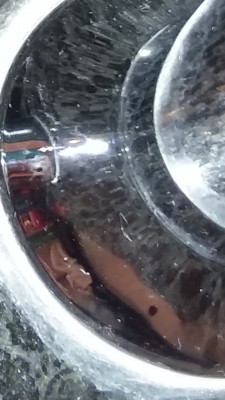
A reader recently wrote us, “I have what I believe to be clothes moths and case bearing moth infestations in my home. I have found a couple of each of the moths dead in the laundry room, closet, and garage. I believe these larvae are eating my carpet, clothes, and rugs. I have spent tons of money on an exterminator and have had to throw out expensive area rugs and clothes. I clean and vacuum like mad. Please help!”
She did send us a photograph that she took of her bathroom vanity. We aren’t quite sure what we are looking at. In the middle of the picture about 2/3 down from the top, there might be a small worm-like organism, but we aren’t too sure. Instead, we are going to go off the information our reader provided, since she wrote us such a helpful, detailed message.
All About Worms is always free, always reader-supported. Your tips via CashApp, Venmo, or Paypal are appreciated! Receipts will come from ISIPP Publishing.
You might also find these guys interesting!





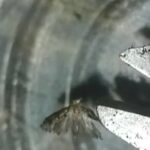
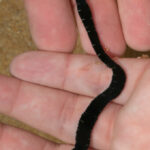
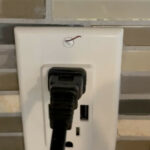
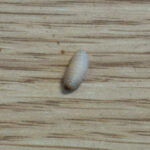
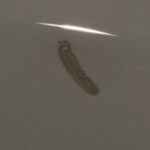
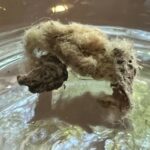
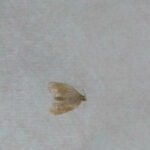
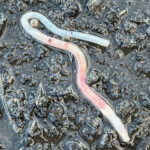

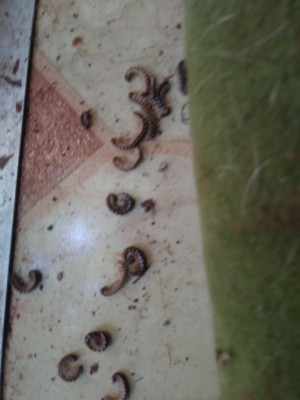




Do they stay on pets and humans? Skin or hair?